Secret France: amazing places you might not know about
Secret France
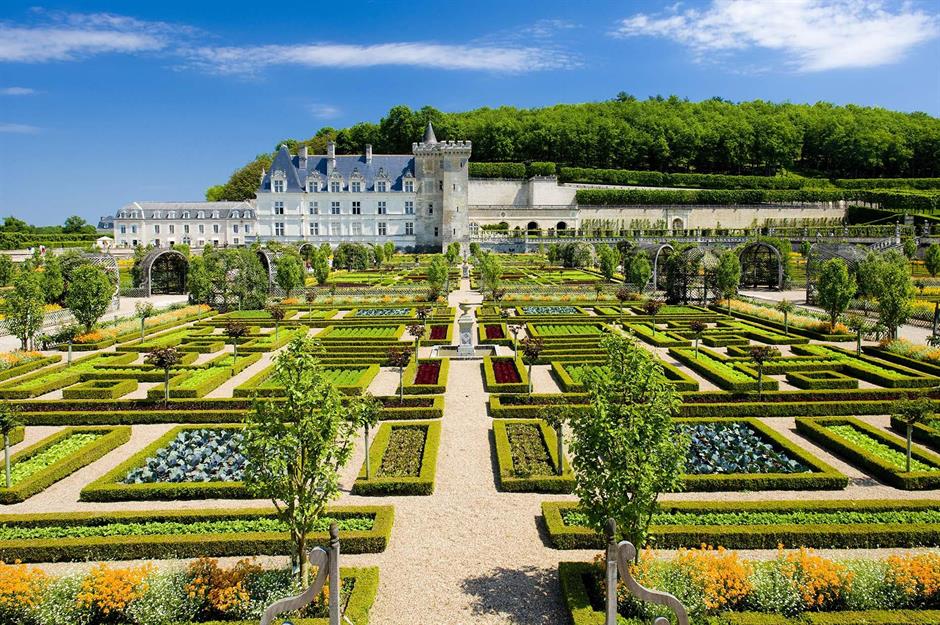
You might be familiar with some of France's most famous spots, like the prehistoric drawings in the Lascaux caves or the picturesque garden of Claude Monet at Giverny, but a new book, Discover France in 100 Destinations (Flammarion, 2021), curated by historian Franck Ferrand, shines a light on a multitude of lesser-known destinations and attractions significant to French history and culture. From stunning natural wonders to architectural marvels, these are just some of the amazing French places you might not have heard of.
Musée Condé, Hauts-de-France
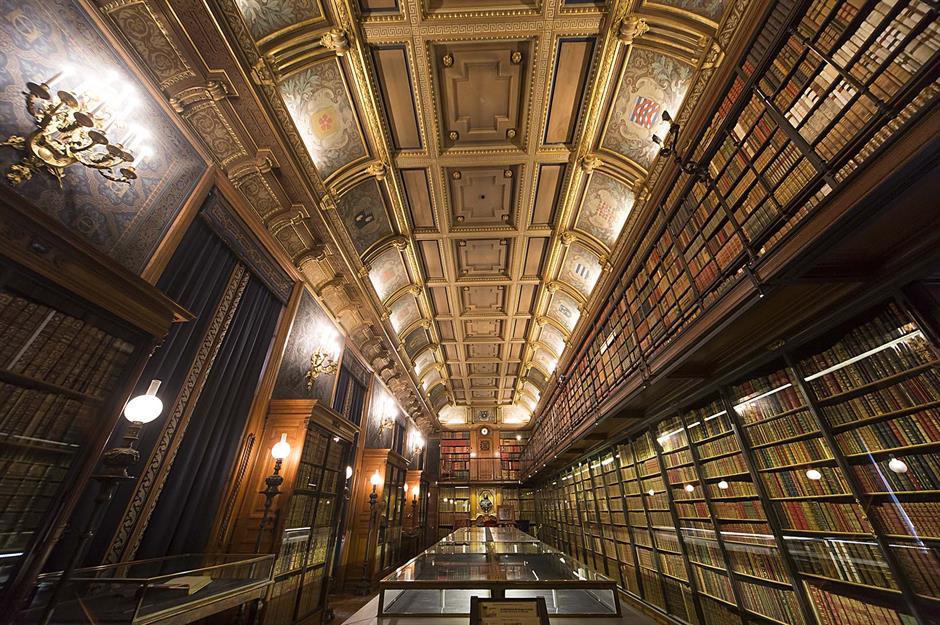
The Duke of Aumale, son of King Louis Philippe and heir to the last of the princes of Condé, devoted his life to piecing together a very special puzzle. He travelled all over Europe in search of the artworks that had once belonged to his ancestors but had been lost during the French Revolution. In doing so, he became one of the greatest collectors of his time. He also rebuilt the Condés’ glorious château in Chantilly to house all these artworks, creating the foundations for a truly remarkable museum, second only to the Louvre.
Château de Breteuil, Île-de-France
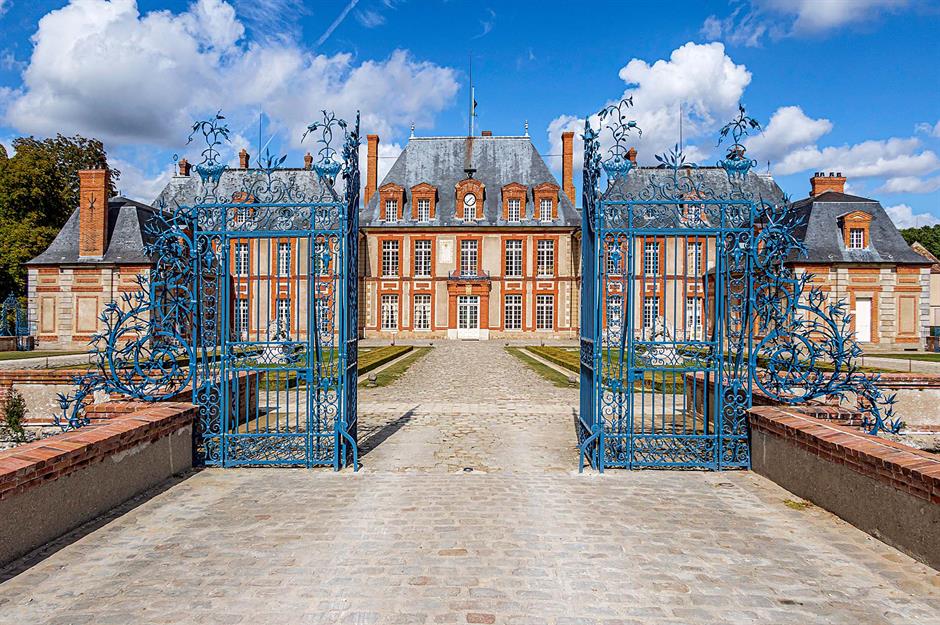
After getting lost in its vast gardens, visitors make their way inside to discover the intricate interiors, inhabited by numerous famous ghosts: Marie Antoinette, Louis XVI, the Prince of Wales (future King Edward VII) and more. Through these waxwork figures created by the Musée Grévin’s modellers, different scenes from the history of France – in which the Breteuil family played a major role – are presented in each room. Perhaps most importantly of all, this château is one of the finest examples of civil architecture in the whole of Île-de-France.
Musée Gustave Moreau, Paris
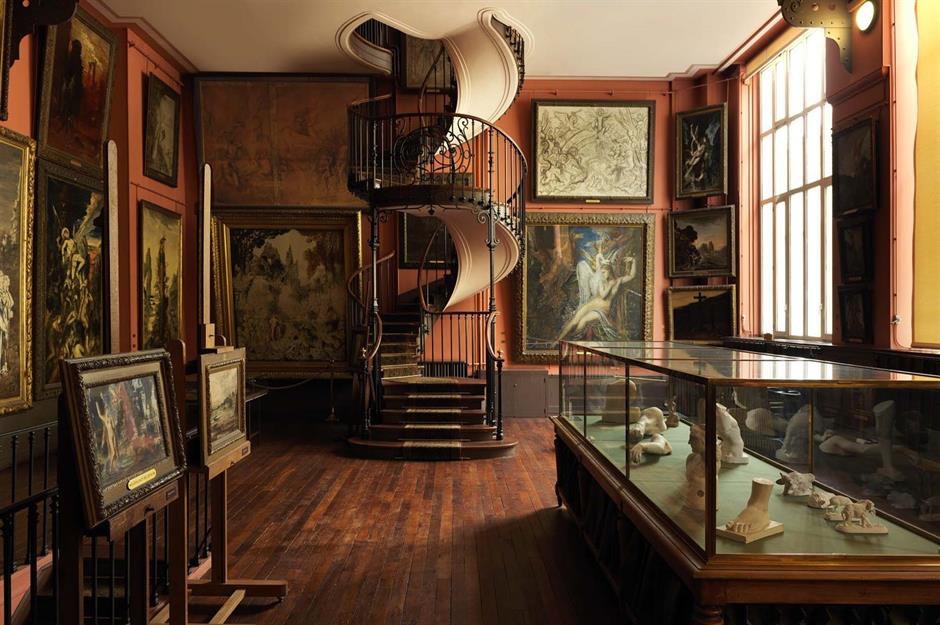
Even for visitors who have returned to the Musée Gustave Moreau repeatedly over the decades, the intense joy experienced on that first visit to the museum endures. The rooms in this residence, which was designed by the artist during his lifetime, are surprisingly spacious. Numerous magnificent canvases hang on the picture rails, while smaller ones fill cabinets and drawers, and the spirit of the artist – inventive, decadent and somewhat controversial – is almost palpable in the calm air of the house. It cannot fail to enchant you.
Château Gaillard, Normandy
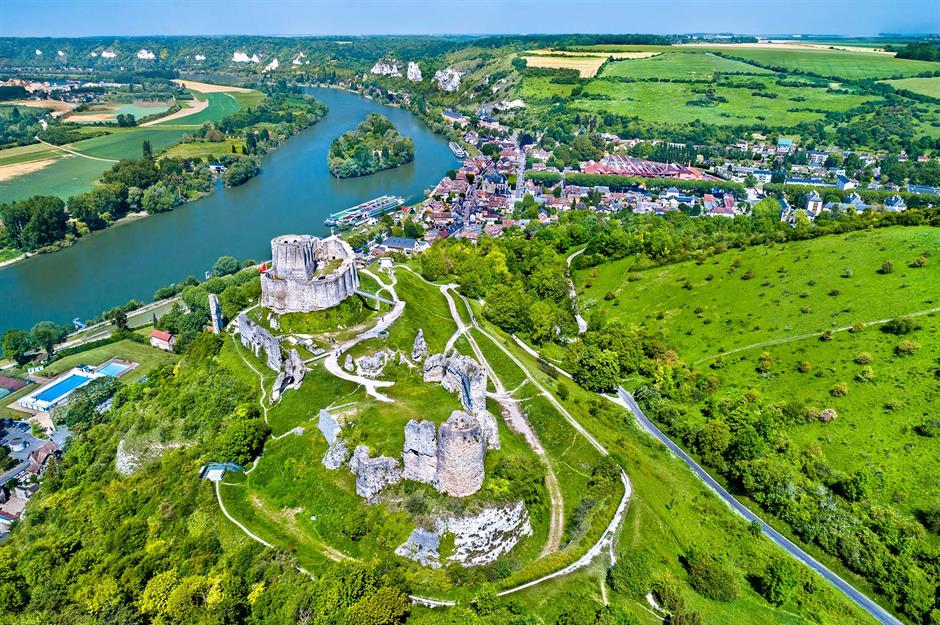
Following the Norman Conquest, English king Richard the Lionheart built the imposing Château Gaillard, perched above a meander in the Seine, to block Philip II's ambition and protect his duchy's access to the river in 1198. The vast ruins that remain bear testament to its enormous size: it was a truly awe-inspiring fortified castle, a model for all those that followed in the 12th century. However, in 1204 – the year of the Sack of Constantinople – it fell into the hands of Philip II.
Take a look at stunning images of Europe's eerie abandoned castles
Pink Granite Coast, Brittany
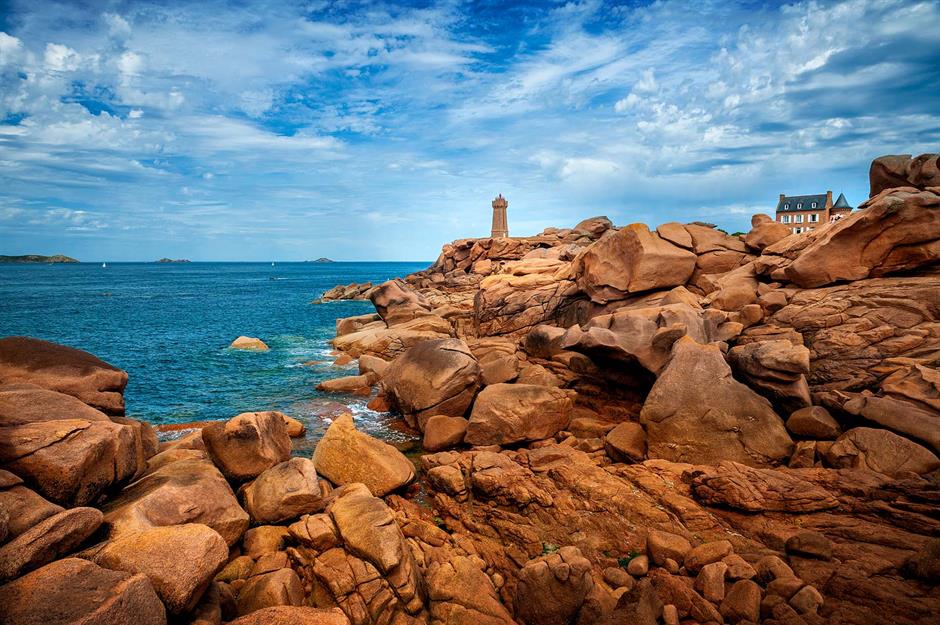
With their smooth, rounded contours, these huge pink rocks almost look like tasty fruits. Their unique colour – a range of rosy tones from amber to coral, offset by the crystalline teal of the ocean – is created by an exceptionally rare natural combination of quartz and feldspar. The Pink Granite Coast, with its enchanting palette and amazing formations, runs along more than six miles (10km) of breathtaking coastline. It is here, amid the salt, peat and granite, that Ploumanac’h – winner of the Best-Loved Villages of France award in 2015 – can be found.
Carnac stones, Brittany
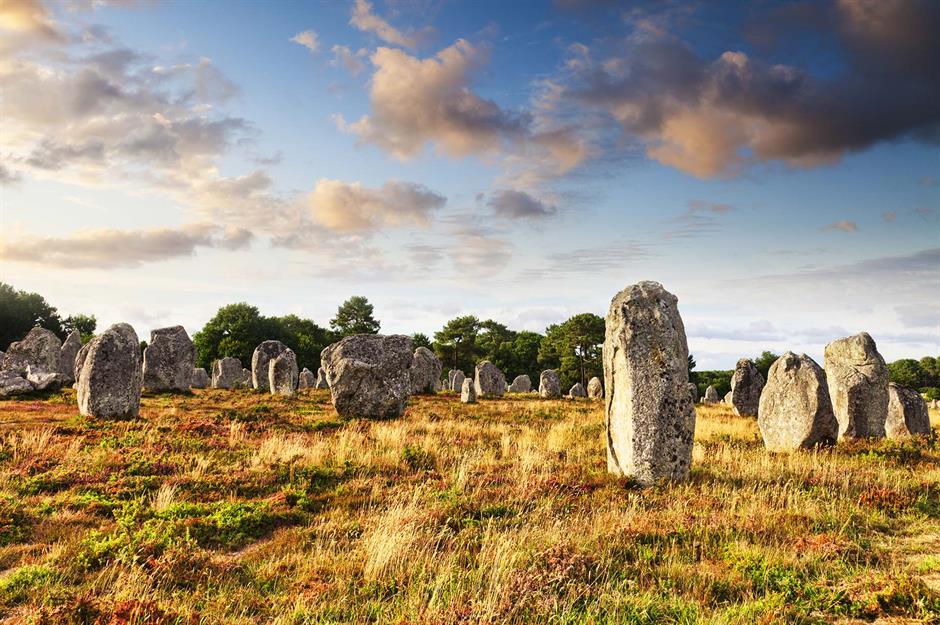
The ocean breeze whistles through these silent battalions that stand in straight lines for miles under a heavy Brittany sky. For seven millennia, thousands of menhirs sunk into the ground here have guarded the Morbihan coast. Their proportions, regularity and majesty suggest that they were not formed by chance. Were the stones a symbol of religious worship, a zodiacal monument, a fertility offering, a memorial to their ancestors or a defence against the rising waters? Mystical theories abound.
The mysterious stone circles that are still baffling experts
Oriental Park of Maulévrier, Pays de la Loire
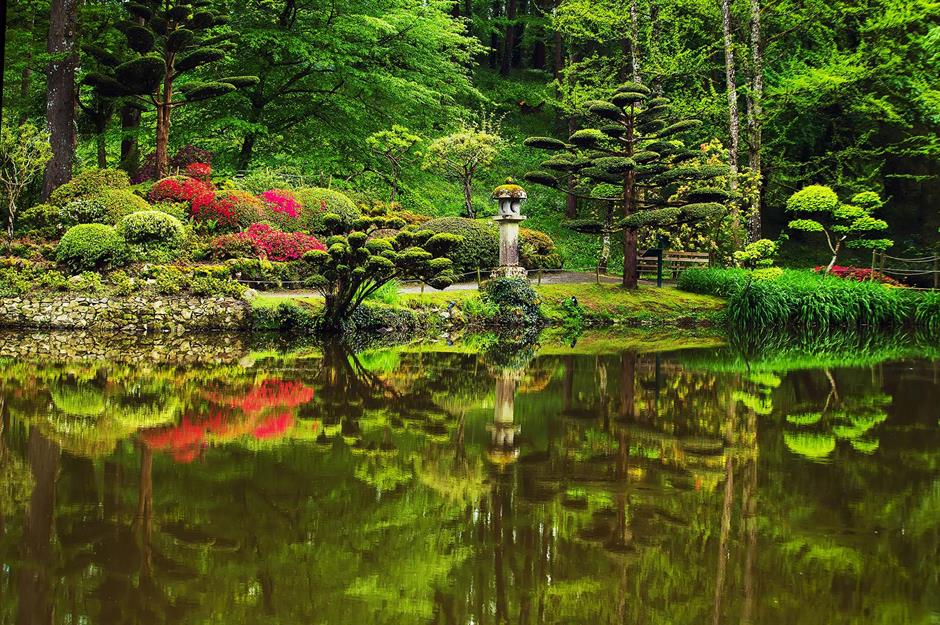
In spring, blooming cherry trees transform the green pathways of this 72-acre park into a magical white carpet. Azaleas, rhododendrons and camellias intermingle with Japanese maples and other Chinese larches in this calm and serene garden, and water features are omnipresent. It is difficult to remember that you are actually in the heart of the Loire Valley. Just next to Château Colbert, the Oriental Park of Maulévrier is the most significant Japanese garden in Europe, filled with nearly 400 varieties of plants.
Le Clos Lucé, Centre-Val de Loire
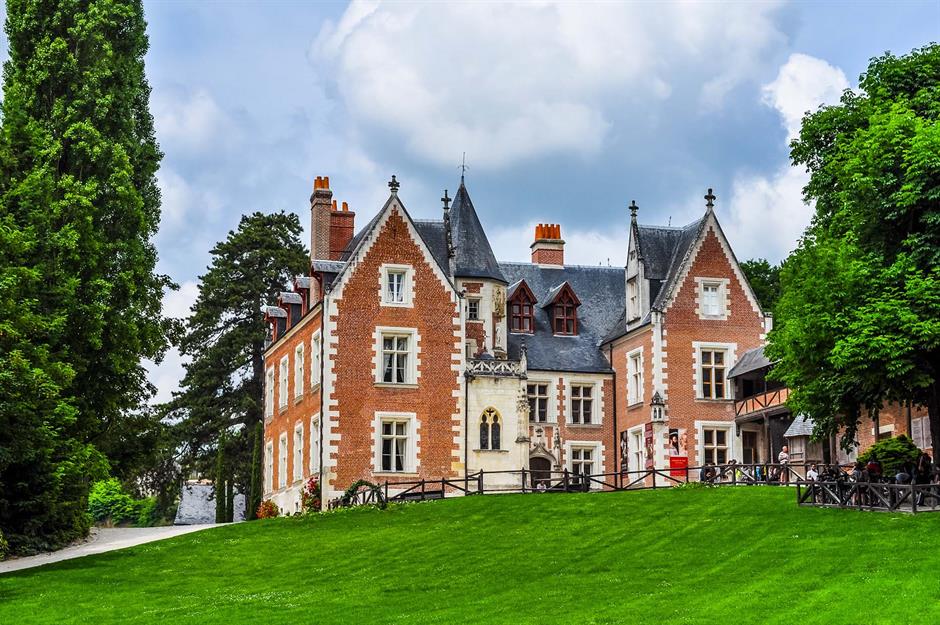
On 2 May 2019, 500 years after the death of Leonardo da Vinci, the presidents of France and Italy met to honour the Florentine master at the very place where he spent the last three years of his life: Le Clos Lucé. In the years since da Vinci’s death, this elegant house of brick and stone, set within vast grounds, has lost none of the charm that the genius enjoyed during his final days. The reconstruction of da Vinci’s ground-floor studio makes it easy to imagine the aging artist at work here.
Love this? Follow our Facebook page for more travel inspiration
Château de Cheverny, Centre-Val de Loire
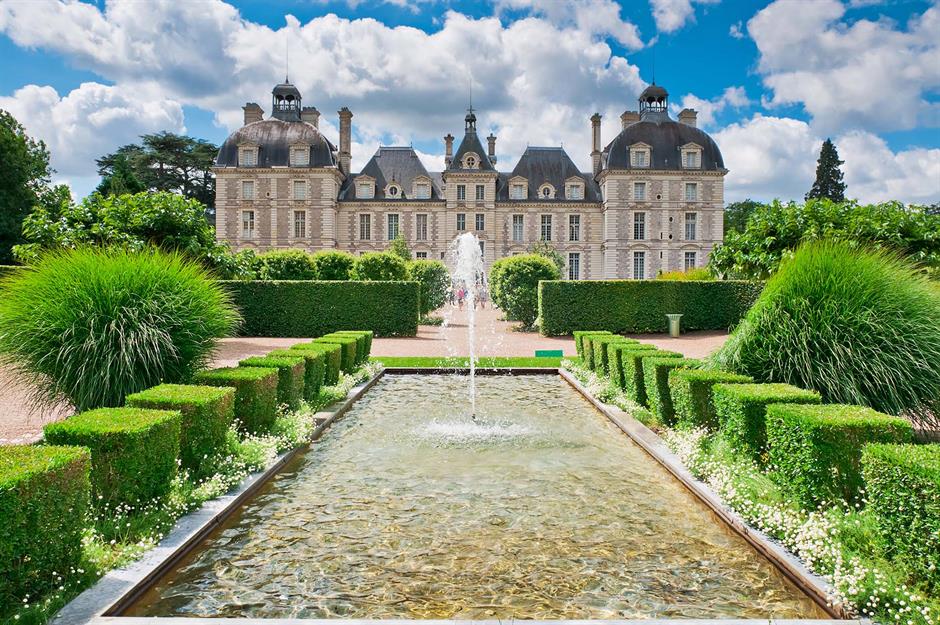
Cheverny is one of the most popular châteaux of the Loire, alongside Chambord and Blois. Its charm is more than enough to make anyone fall in love with all châteaux. If its façade seems strangely familiar, that is because cartoonist Hergé used Cheverny as one of the models for Marlinspike Hall, home to Tintin and owned by Captain Haddock. But of course, this is not Cheverny’s only claim to fame – this opulent early 17th-century château has much else to offer. Its interiors are rich with superb original features, including detailed panelling, wall coverings and leather from Córdoba.
Château de la Brede, Nouvelle-Aquitaine
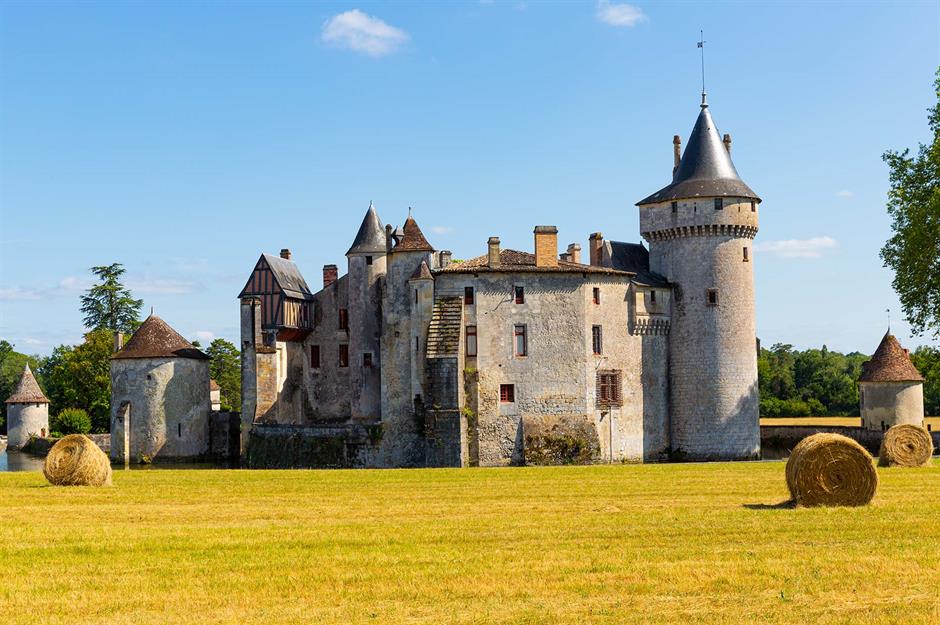
It seems surprising that a seminal work on modern democracy was written in this 14th-century feudal château. Charles-Louis de Secondat de Montesquieu, author of The Spirit of the Laws, made many alterations to the estate, creating two new gardens, building a huge library and rearranging the accumulated treasures from more than four centuries to suit his taste. The château has not been changed in the two centuries since Montesquieu lived here – even the philosopher’s footprint on the fireplace, against which he used to lean when writing, still remains.
Padirac Cave, Occitanie
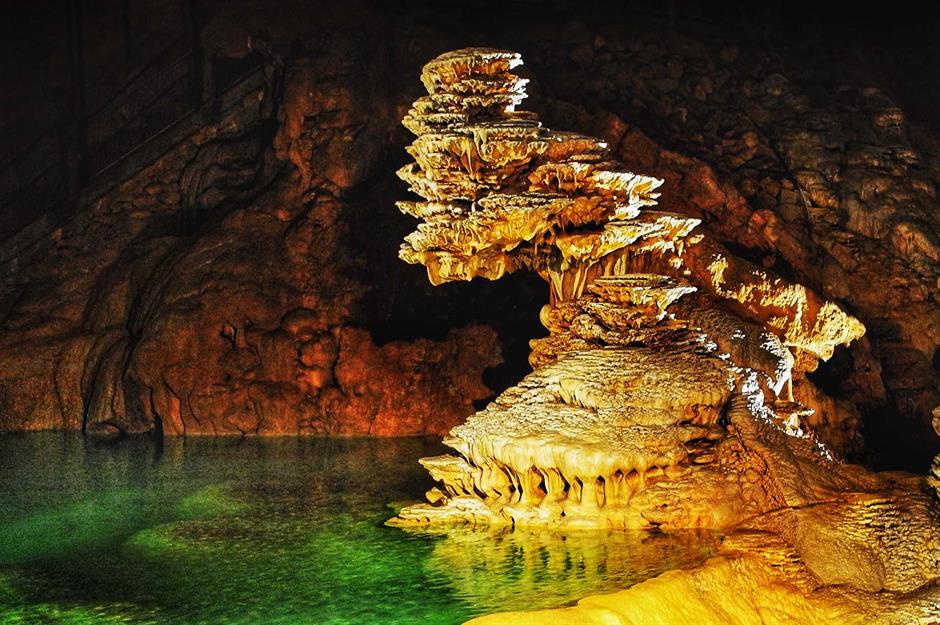
In the summer of 1889, young caver Édouard-Alfred Martel descend into this well, 338 feet (103m) deep, whose infinite blackness seemed to open into hell itself. The adventurer, emboldened by the tales of novelist Jules Verne, found a labyrinth of galleries, with a river system running through them of dark water that brightened to a cobalt blue in the flickering light of his candle. Further in, he came upon chambers with cathedral-like vaults, gleaming with iridescent stalactites. Today, brave visitors, descending on foot or by elevator, can discover this majestic site for themselves.
Abbey Church of Sainte-Foy, Occitanie
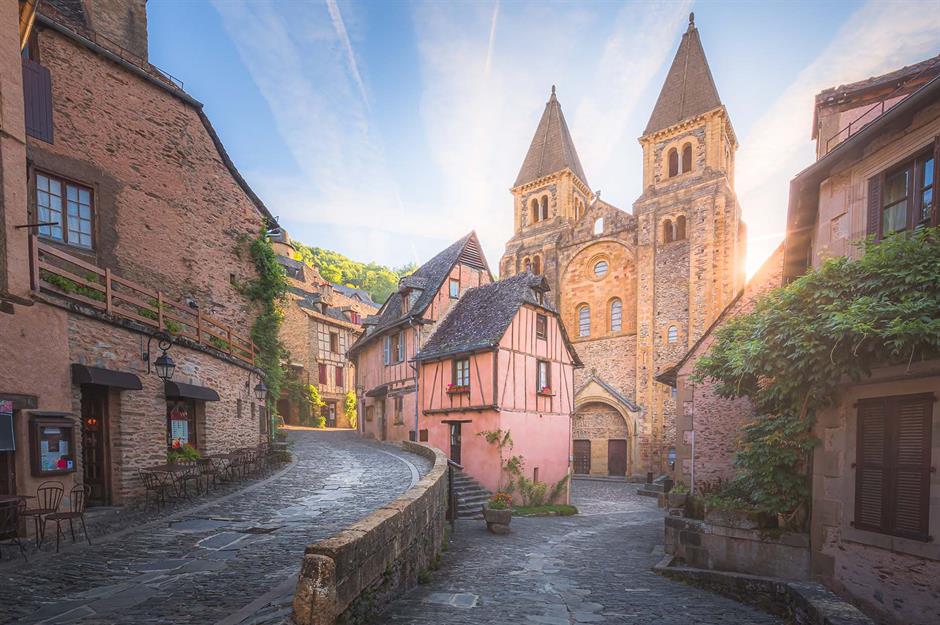
The department of Aveyron harbours a treasure and this is not just a turn of phrase. Through the centuries, the Abbey Church of Sainte-Foy has accumulated the most important collection of religious goldsmithery in France. The cult of relics, fundamental to the Middle Ages, turned Conques into a major spiritual centre conveniently situated on the path to Santiago de Compostela. Built in the 11th century, this superb example of Romanesque architecture became the model for several sanctuaries, including the Spanish cathedral at Santiago de Compostela.
Albi Cathedral, Occitanie
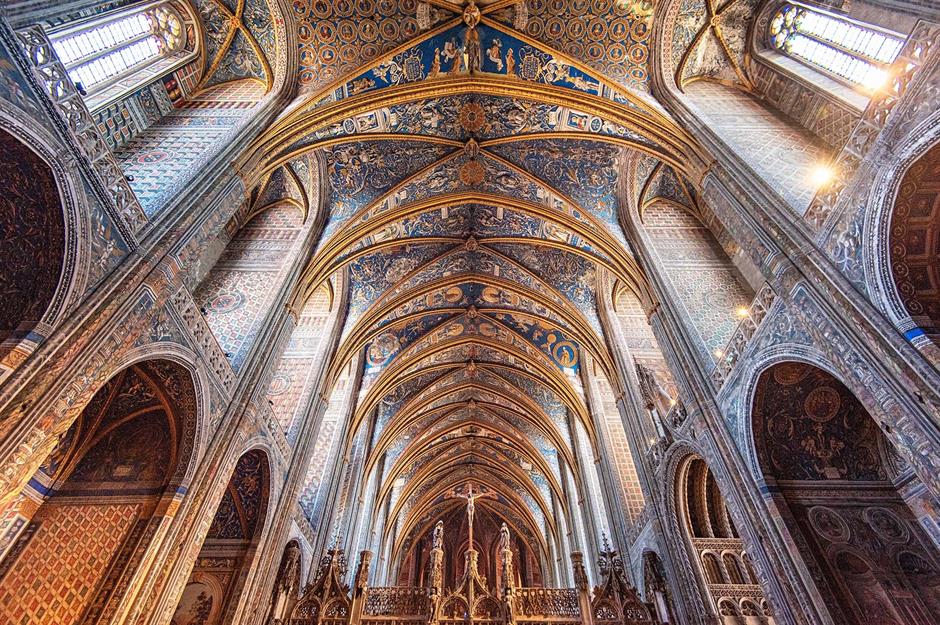
Does God have a fortress? It’s easy to imagine he does when you behold Albi’s striking cathedral, the largest religious brick building in the world. Reminiscent of bastions and fortified castles, the austere majesty and stark lines of Albi Cathedral’s exterior contrast with its surprisingly ornate interior. The vibrant colours and flamboyant ornamentation, the vivid blue heightened by gold covering the walls, vaults and pillars, the grand organs featuring lavish ornamental woodwork and the monumental fresco of the Last Judgment are astonishing yet enthralling.
Tarn Gorge, Occitanie
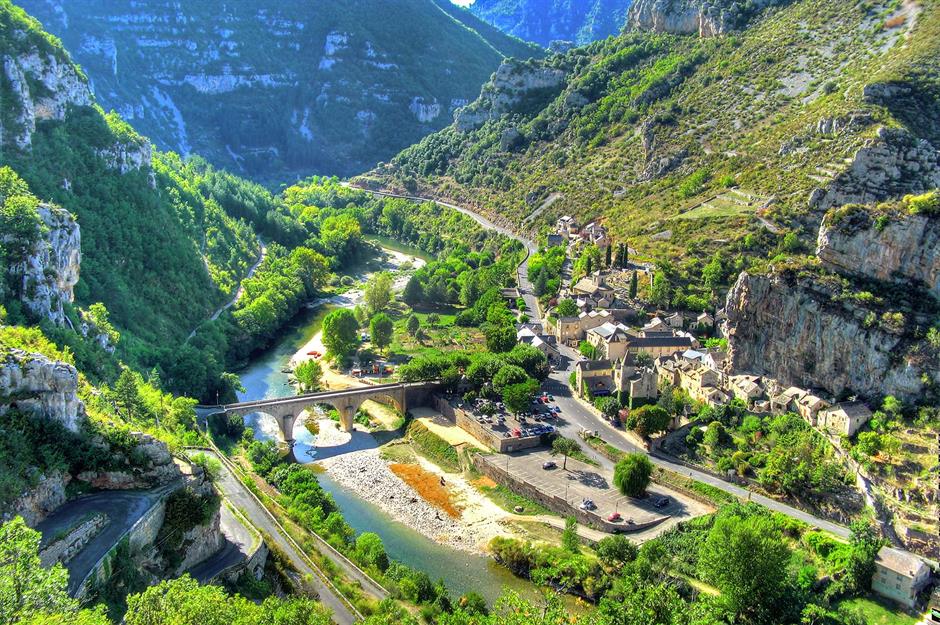
Merovingian princess Énimie, sister to Good King Dagobert, suffered from leprosy until she was miraculously cured by the waters of the Burle, a tributary of the Tarn River. This is the origin, according to legend, of the village of Sainte-Énimie: the picturesque capital of the Tarn Gorge and the starting point of an epic journey through this enchanted canyon that seems straight out of a fantasy movie. Running 33 miles (53km) from east to west, this delightful river is lined with a succession of remarkable and awe-inspiring sights to capture the imagination.
Discover stunning images of the world's most beautiful canyons
Grotte des Demoiselles, Occitanie

Long ago, when a young shepherd named Jean took his flock to graze on the Thaurac Plateau one of his sheep disappeared. Hearing the creature’s bleating, he went in search of it, but suddenly fell into an incredibly deep crevasse. Upon his return to the village, he claimed to have been gripped in the bowels of an enormous and mysterious cavern, where a thousand fairies sang and danced before him. Today, visitors travel on a funicular through the immense chamber, measuring 400 feet (122m) in length, 260 feet (80m) in width and 164 feet (50m) in height.
Fontfroide Abbey, Occitanie
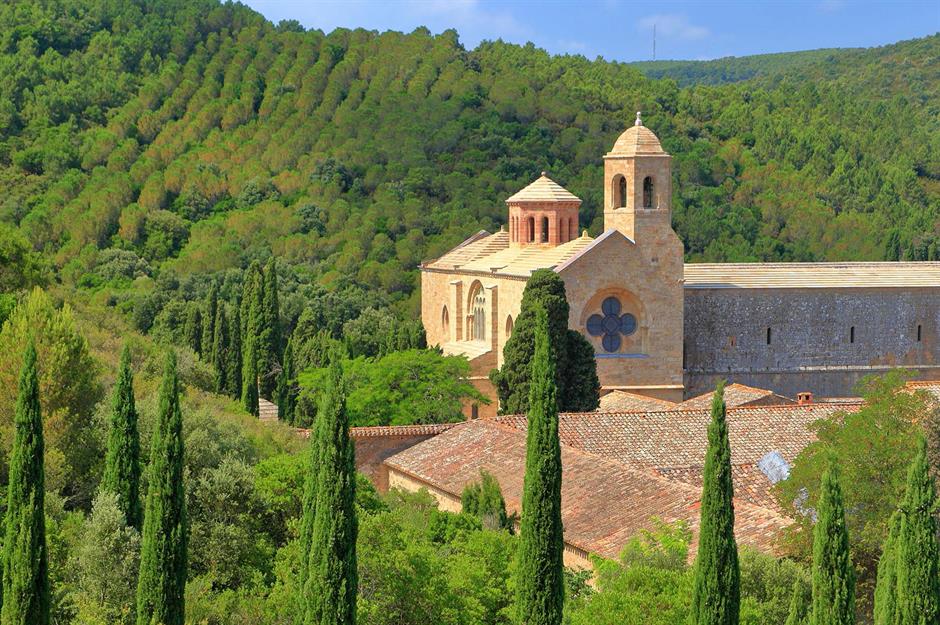
Cistercian abbeys are rarely as splendid as this. By reverting to strict observance of the Rule of Saint Benedict, the Cistercians aimed to bring about a return to the austerity and poverty that lay at the heart of the Christian message. After the ravages of the Black Death in the 14th century, which decimated the community’s monks, Fontfroide lost its power and independence. Paradoxically, the architectural wonders that we admire today were the fruit of this decline: many features are modern improvements to this former sanctuary that had always denied itself any splendours that distanced it from God.
Centre National du Costume de Scène, Auvergne-Rhône-Alpes
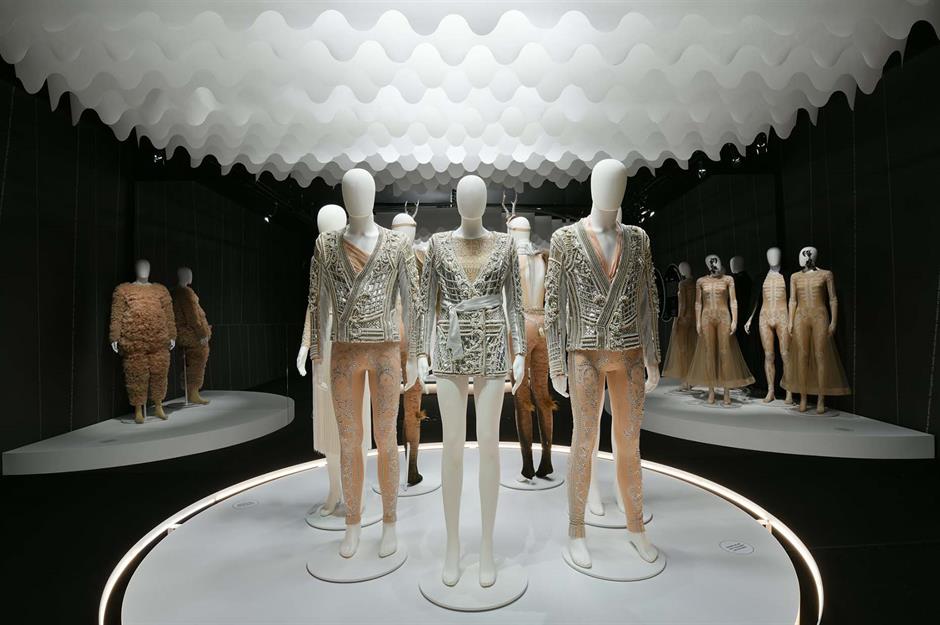
What is a costume, if not a magical accessory, allowing us to visit other times and places for the duration of a show? Opened in 2006, the Centre National du Costume du Scène is the first large institution exclusively devoted to preserving theatrical heritage. It holds almost 10,000 pieces, including costumes, jewellery and wigs, as well as stage sets and props. Among these items are iconic outfits worn by some of the greatest names in theatre and costumes by legendary fashion designers, like Thierry Mugler, Coco Chanel and Christian Lacroix.
Royal Monastery of Brou, Auvergne-Rhône-Alpes
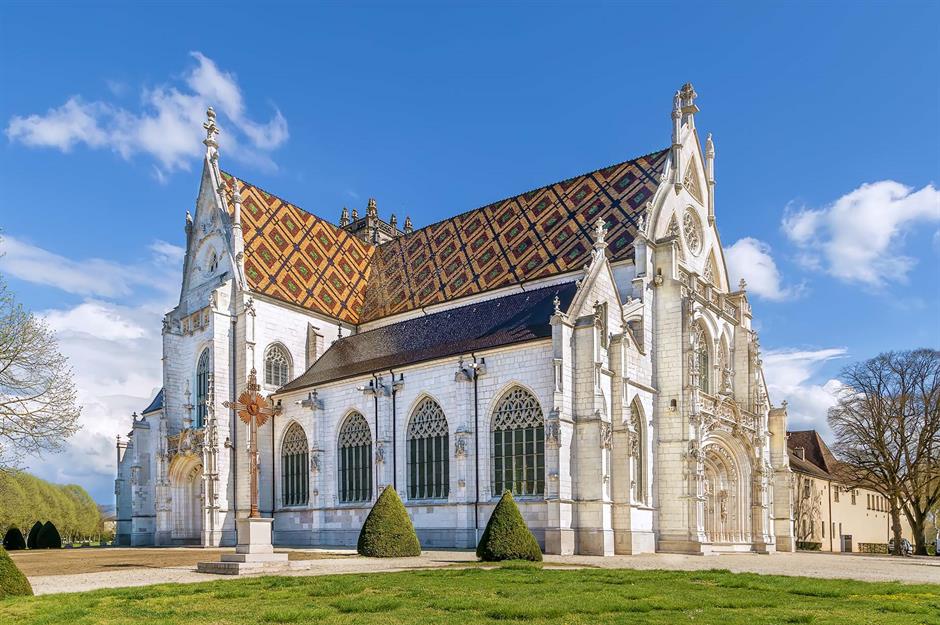
The very first winner of an annual televised competition to determine the French people’s favourite landmark was not the Eiffel Tower or Mont Saint-Michel, but the Royal Monastery of Brou. This religious complex is an unrivalled architectural masterpiece that blends the best of French, Flemish, Spanish and Austrian styles. However, these exuberant stone vaults were born of a terrible grief. Under the multicoloured roof of the monastery church rest Philibert II and Margaret of Austria. Widowed at 24, the latter never remarried and undertook this majestic construction in honour of her husband.
Ferdinand Cheval's Ideal Palace, Auvergne-Rhône-Alpes
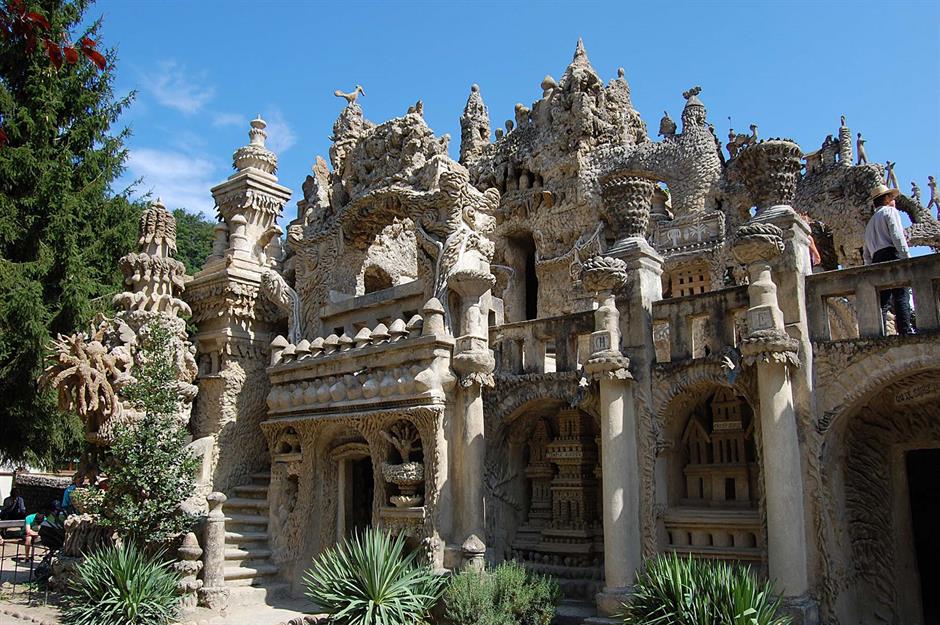
This palace, built by postman Ferdinand Cheval, regularly confounds visitors. It is an undisputed masterpiece of naïve art, profoundly unique and distinct from any art movement. Cheval, who had foreseen his palace in a dream some years earlier, stumbled on a magnificent stone during one of his postal rounds in 1879. That was all he needed to get started and for the next 33 years he realised his dream with relentless determination, ignoring all criticism and mockery. The result is both inexplicable and exceptional.
Roman Theatre of Orange, Provence-Alpes-Côte d'Azur
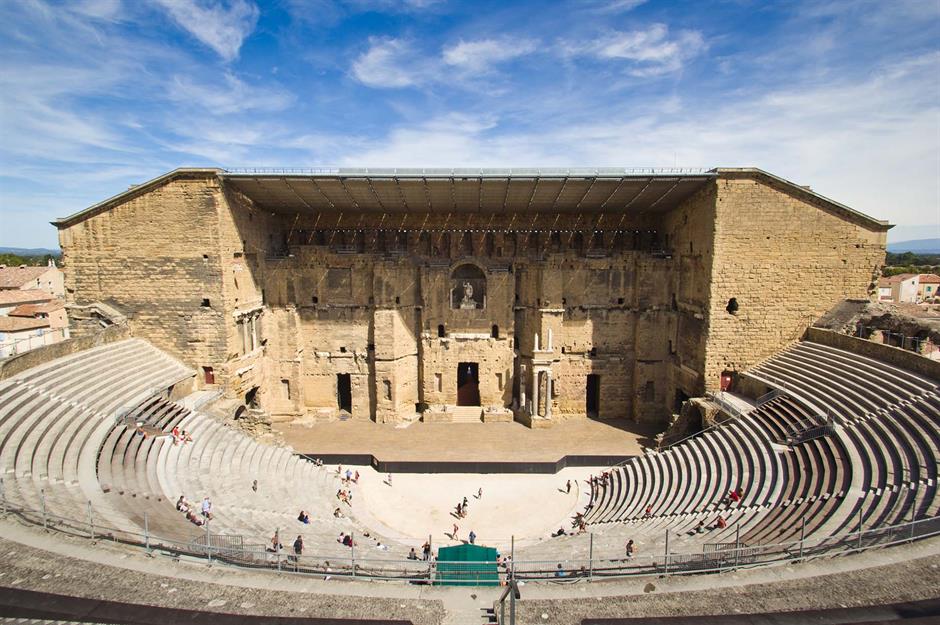
This Roman amphitheatre – the best-preserved in Europe – was built during the reign of Augustus, in the 1st century AD, and seems to attract every possible superlative. Even Louis XIV declared the spectacular stage wall, measuring 338 feet (103m) long by 120 feet (37m) high, to be "the most beautiful wall in my kingdom". Yet it was only in the 19th century, after a 1,500-year intermission, that performances were resumed in this 9,000-seater auditorium. Thus began the famous Chorégies d’Orange, one of the world’s oldest and most prestigious opera festivals.
Palais des Papes, Provence-Alpes-Côte d'Azur
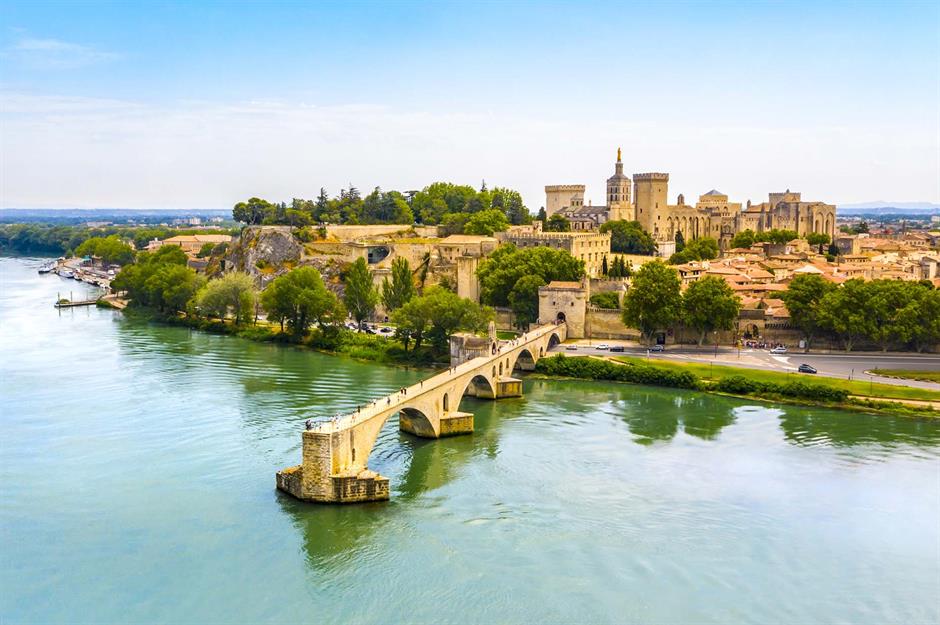
For more than 50 years in the 14th century, Avignon was the centre of the Christian world. While medieval Italy was being torn apart by civil wars, the Holy See found refuge in the papal possessions of Provence. It took only a few decades to build the Palais des Papes, a spectacular building worthy of the highest priesthood. It is as large as four cathedrals, with apartments decorated with priceless frescoes by Italian painter Matteo Giovanetti, whose masterpiece in the vaults of Saint Martial’s chapel is dazzling.
Calanques of Cassis, Provence-Alpes-Côte d'Azur
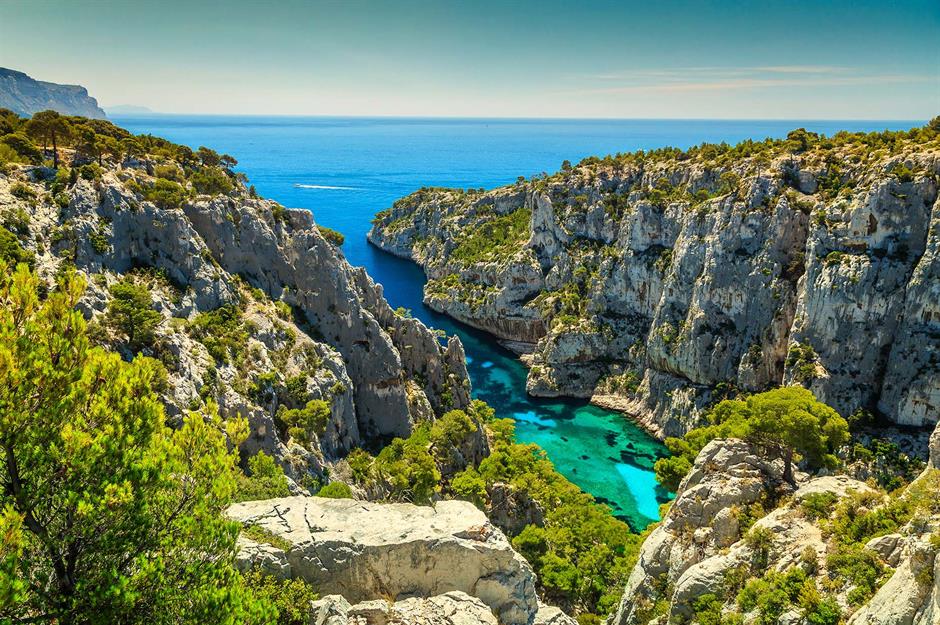
From Cassis to Marseille, the locals are rightly proud of their azure inlets, known as calanques: the sparkling sea’s narrow advances into the white rocks of the coast. These steep cliffs and paradisiacal beaches – the most beautiful of which are Port-Miou, Port-Pi and En-Vau – stretch for 12 miles (20km), and this captivatingly wild nature, just outside one of France’s largest cities, is not marred by traffic, as visitors can only approach on foot or by boat. The area more than deserves its plaudits – it is where sun, bright stone and saltwater meet, heady with the fragrance of thyme, aniseed and rosemary.
Exotic garden of Èze, Provence-Alpes-Côte d'Azur
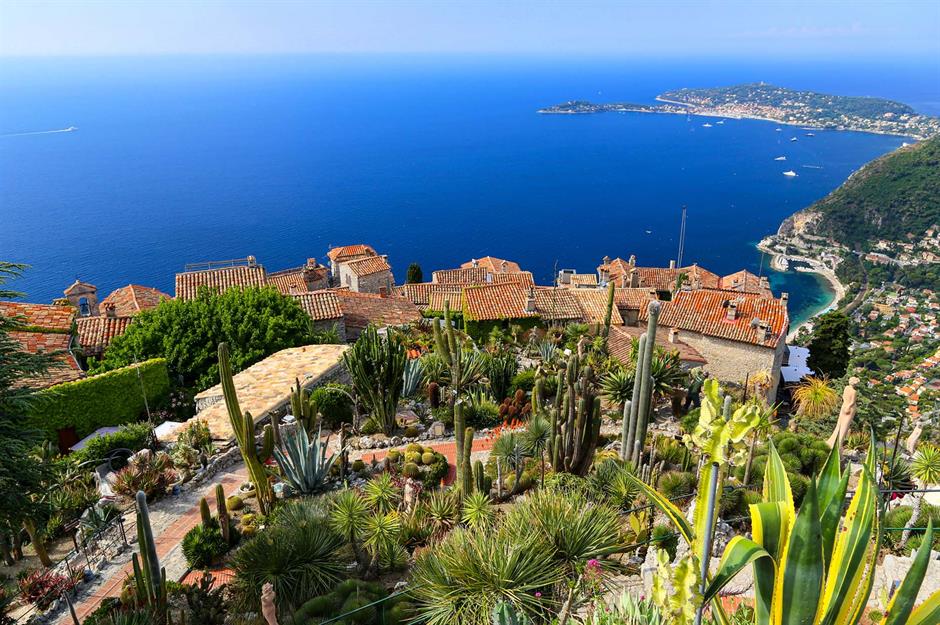
The ruins of a 12th-century fortress top Èze rock, an imposing, craggy cliff that falls sharply into the Mediterranean, offering one of the most beautiful views of the region. In the 1950s, the then-mayor decided to enhance it further and commissioned Jean Gastaud, who had designed the Exotic Garden of Monaco. Together, at the foot of the ruins, they created one of Europe’s most original gardens, composed entirely of cacti, aloes and other succulents, decorating the heath with improbable colours: a luxuriant mosaic of yellows, greens and fluorescent pinks.
Scandola Nature Reserve, Corsica
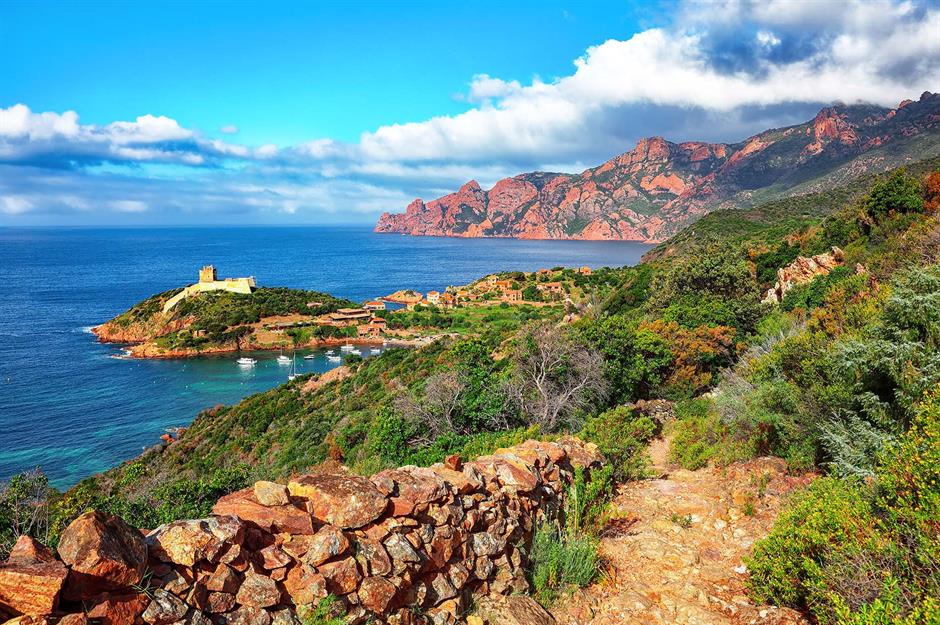
This is one of the most spectacular marine landscapes of the Mediterranean basin. Here, you would not be surprised to see Neptune himself suddenly rise from the waves. The astounding beauty of volcanic rocks cascading into crystal-clear turquoise waters is not the only attraction of this UNESCO World Heritage nature park. It is also one of the rarest and best-preserved biodiversity sites in France, home to a profusion of minerals, animals and plants, all waiting to be discovered along these amber-coloured cliffs.
Now take a look at stunning pictures of Europe's best national parks
Gardens of the Château de Villandry, Centre-Val de Loire
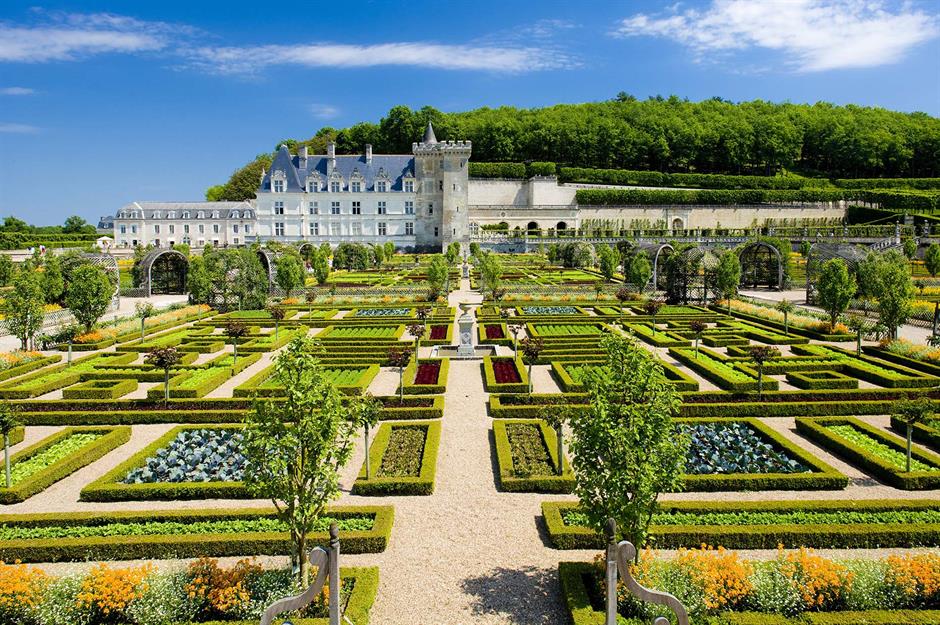
The creators of the Gardens of Villandry never saw the full scale of their extraordinary work. These elegant terraces, man-made waterways and mazes, dotted with statues, are thrown into sharp relief the moment they are seen from above – suddenly, the whole magnificent pattern of colours and geometry takes shape. However, you may detect a contemporary feel because these gardens – which had been completely transformed during the 19th century – are actually a reconstruction, remodelled by Joachim Carvallo in the early 20th century.
Find out more
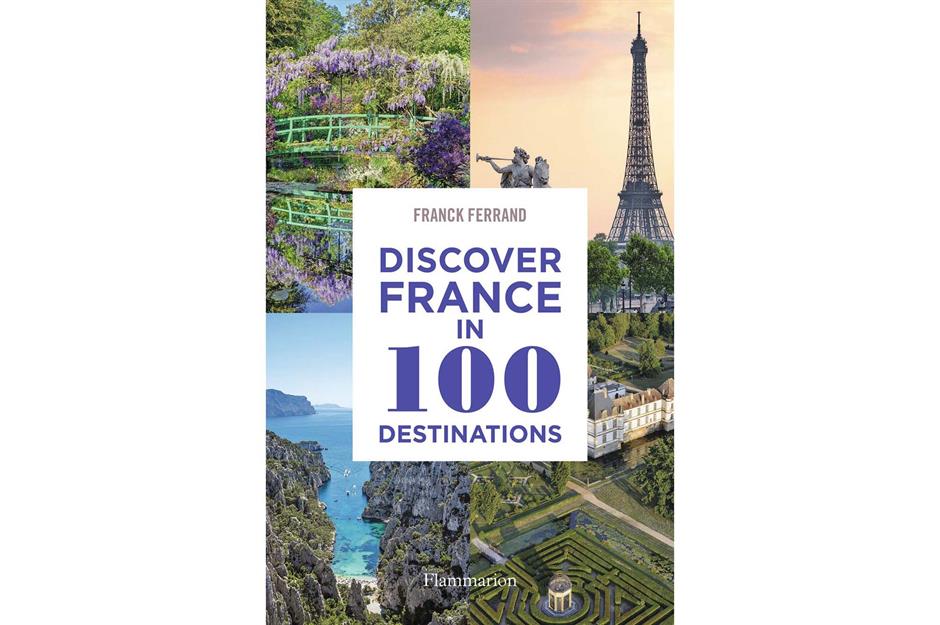
All words have been taken with permission from Discover France in 100 Destinations (Flammarion, 2021). The book offers a broad and in-depth introduction to France’s most fascinating locations, exploring all corners of the country in 12 thematic chapters.
Comments
Do you want to comment on this article? You need to be signed in for this feature